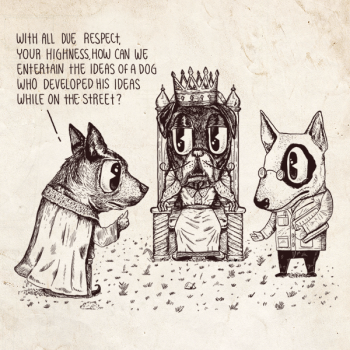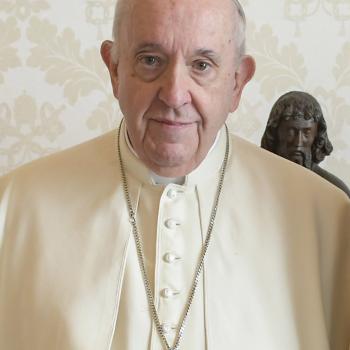Continuing in the vein of last week’s post on liberal Protestantism, I recently got my hands on the August 21 edition of the Christian Century.
The biweekly editorial mentions the suddenly burgeoning historical scholarship on liberal religion (in particular, works by Elesha Coffman, David Hollinger, and Matthew Hedstrom), noting that it complicates the “question of how winning and losing is to be defined.” More significantly, the Century reminds us of “just how much both liberal and conservative Protestants have changed internally over the past 60 years in response to each other and in response to larger cultural and intellectual shifts.”
Indeed, early-twentieth-century Protestant liberals “were famously indifferent to church, sacrament, and tradition, but that’s no longer true of liberals.” As evidence, the editors note an abundance of article submissions on “silent prayer, monastic spirituality, or eucharistic theology.” [As an aside from Matthew Hedstrom’s book, I’m not so sure that most early-twentieth-century liberals were indifferent to all of those things — perhaps “relatively indifferent.”] “Meanwhile, evangelical leaders today,” continues the editorial, “tend to be globally minded social reformers, committed to the integration of faith and higher learning — quite different from the insular and defensive evangelicals of mid-century.”
As a member of the Presbyterian Church (U.S.A.), it sometimes seems to me as if the fundamentalist-modernist controversies of the early 1900s have never ended. In the case of the Presbyterians, the evangelicals have clearly lost the most recent denominational conflicts, symbolized by the exodus of many congregations into the Evangelical Presbyterian Church.
From other vantage points, however, the changes described by the Century have brought “liberals” and “evangelicals” somewhat closer together, with both sharing a great commitment to various elements of social justice (such as environmentalism and the alleviation of inner-city poverty [see this fascinating article in last week’s NYT]).
Most striking to me, however, is the marked decline in animosity between both groups. The Century might occasionally offer friendly criticism of evangelicals, as might Christianity Today of its liberal counterparts. For the most part, however, religious liberals and religious conservatives no longer aim quite so much vitriol against each other. This is an important, overlooked, and very welcome development. Fewer liberal Protestants would preach “Shall the Fundamentalists Win?” today, and fewer evangelicals would define liberal Protestants as fundamentally non-Christian.
Some certainly view the above as evidence of declension in certain evangelical quarters. I am not suggesting that theological conservatives (or liberals) should not vigorously defend their positions, merely that it is a good thing that such discussions proceed with less personal animosity than in earlier decades.
So yes, evangelical and liberal Protestants have changed a great deal in the last several decades. Namely, at least some members of both groups have found more common ground and fewer reasons to attach each other. Blessed be the peacemakers.












